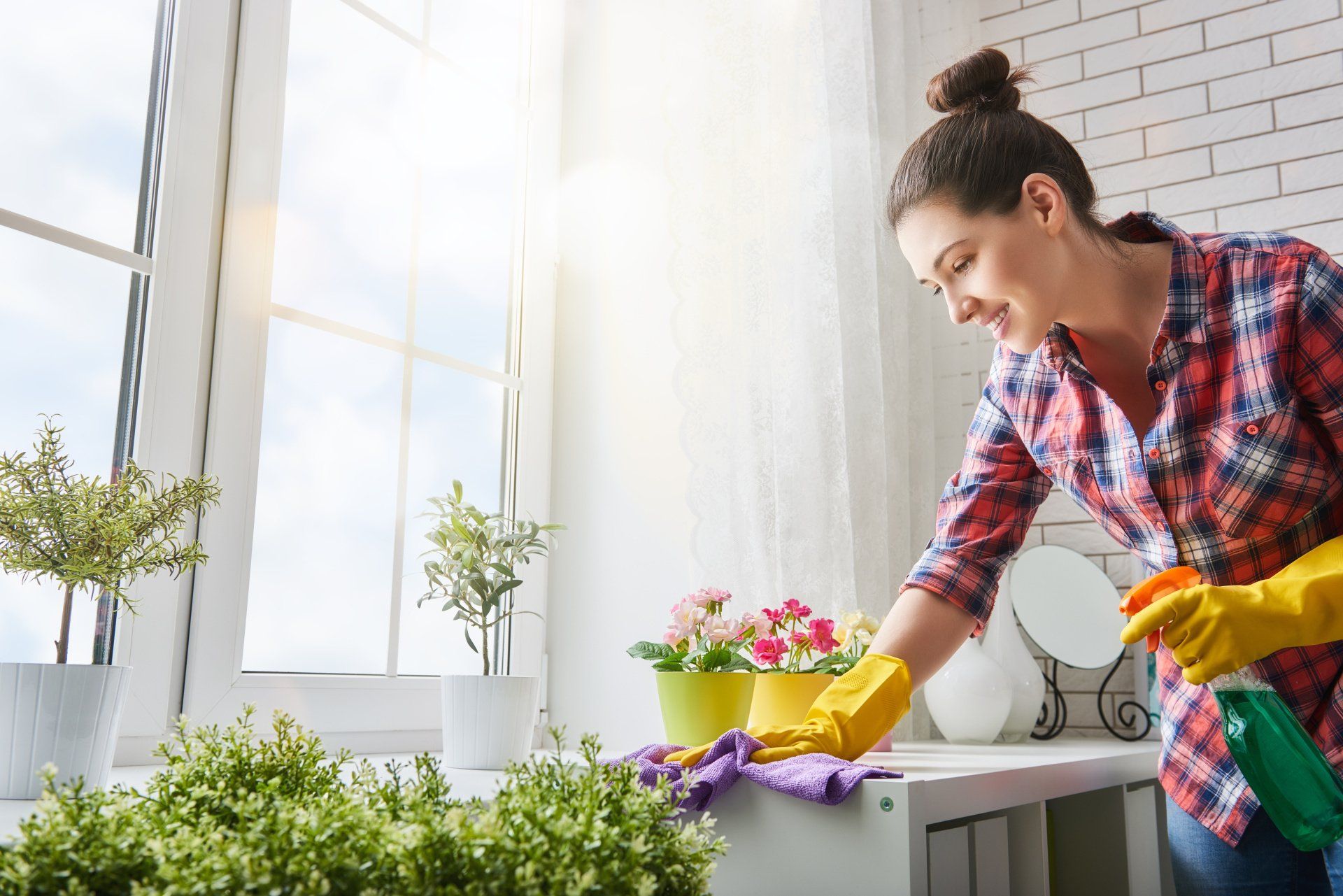Getting Rid of Mold in Your Home. Removal vs. Remediation
How to Get Rid of Mold in Your Home: Removal vs. Mold Remediation

Mold spores are pervasive fungi, so once you see signs of mold problems in your home, you should have it immediately addressed to prevent it from causing health concerns and further damage to your property.
Common Types of Mold
There are different types of mold. Some of them are common allergenic, household molds, and others are the toxic kinds. For instance, aspergillus molds can cause pulmonary infections in vulnerable individuals, and some types of aspergillus molds produce mycotoxins that can trigger allergic reactions.
Penicillium molds can cause food spoilage, and some types of penicillium mold produce mycotoxins. An extensive penicillium mold outbreak can adversely affect the health of a building’s occupants, cause allergic reactions, and hypersensitivity pneumonitis.
For Stachybotrys molds, it needs to be removed or cleaned from indoor environments and must be handled by experienced mold remediation specialists due to the toxicity of their spores. These molds produce mycotoxins and satratoxin that are extremely toxic when inhaled.
Mold Removal vs. Mold Remediation
Mold removal and mold remediation differ in that the former refers to physically removing mold spores, while the latter focuses on returning mold levels to normal, natural levels.
While the two terms are interchangeable, achieving mold remediation is impossible since removing all mold in the atmosphere is technically impossible. That is because airborne mold spores are microscopic and therefore abound in both outdoor and indoor environments.
When a mold-infested property goes under mold remediation, it returns to an acceptable and natural level of mold levels. You should remember that it’s impossible to eliminate mold from the environment completely. This process only cleans up the spores, so mold levels are no longer harmful to a building’s inhabitants.
If you have an extensive mold outbreak at about equal or greater than 10 square feet, you need to consult a professional mold remediation service. If it’s only a minor mold issue, you can just clean it up yourself.
Mold Growth in a Home
Mold spores are abundant in the atmosphere as they help decompose natural materials like leaves. But this beneficial aspect reverses and becomes dangerous once spores latch onto materials inside a home or building. They typically eat away organic substances, leading to structural damage.
Mold is plentiful in dry indoor environments, which isn’t typically a problem. It only becomes dangerous when materials inside a building remain damp for long periods. Consistent moisture combined with organic food sources is the ideal environment for hungry mold spores.
Since mold feeds on organic materials like wood in drywall, dust in the surroundings, and paper and carpeting, it’s common to find mold growing behind walls, ceilings, and even under carpets. When these organic materials are damp for a long period, it becomes the perfect place for mold to grow.
Protect Your Home Against Dangerous Molds
Molds can become a huge problem primarily when they have grown in damp areas of your house, potentially endangering you and anyone else in the house. Addressing the mold problem, especially when it’s still little, helps prevent bigger outbreaks and worse health compromises. Call a professional today to treat your home’s mold growth problem.
Advanced Basement Water Proofing specializes in total basement waterproofing and sealing, French Drain installations, and mold removal and mold remediation. We ensure that you and your loved ones live in a safe and clean environment, so we take care of such problems. If you need
mold removal in Western Massachusetts or Northern Connecticut, get in touch with us! Call us at
(413) 536-8023 today.


